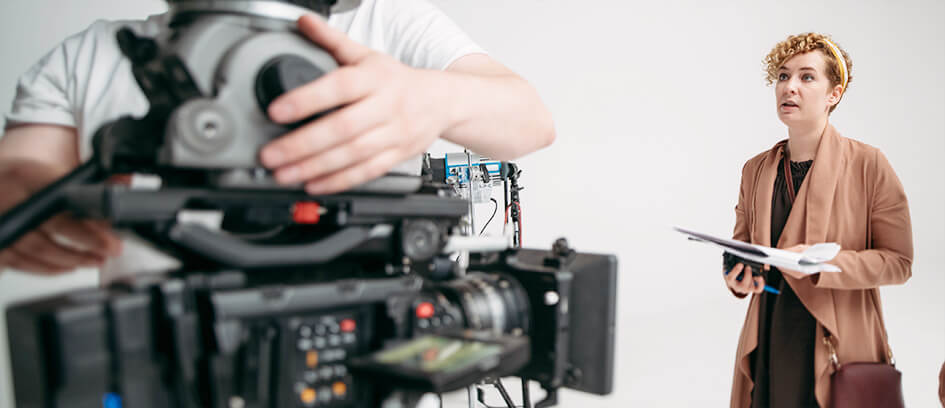Stand-In Basics You Can Learn Now

Do you want to work as a Stand-In on movies and TV shows? Whether you've been booked before or are waiting for that first opportunity, now is a great time to learn some Stand-In basics so you're prepared the next time you're on set.
Stand-Ins take the place of principal actors for lighting, blocking, and camera setups. At Central Casting, we book Stand-Ins for all kinds of productions, including in movies (Blue Beetle, The Out-Laws, Five Nights At Freddy's) and TV shows (The Neighborhood, Citadel, FBI).
The different types of Stand-Ins
A Single Camera Stand-In usually needs to match the principal actor in height, build, hair color, and complexion. They are mainly used for lighting and camera setups in one hour dramas like Station 19, Blue Bloods, and Echo and some half hour comedies like Hacks, Only Murders in the Building, and The Wonder Years.
Multi-Camera Stand-Ins establish camera shots, movements of the principal actor, dialogue, and blocking on shows like Bob Hearts Abishola, The Conners, and Night Court. Multi-Camera Stand-Ins are usually hired for experience and professionalism, and don't necessarily have to match the actor they are standing in for.
Utility Stand-Ins may stand in for actors of varying looks, genders, and ethnicities. In this role, matching the height of actors is more important than matching their look. When working as utility, you may be standing in for multiple actors on the same project.
Commonly used terms
If you've worked as a Background Actor before, you know sets have their own unique language. Here are some directions you should be familiar with when working as a Stand-In.
Upstage
If you're facing the camera (or audience) this is the area behind you. If a Director asks you to move upstage, they want you to move towards the back of the set.
Downstage
Downstage is in the direction of the camera or audience. To move downstage, you would move to the front of the set.
Stage Left
When you're facing the camera, this is the area to your left.
Stage Right
When you're facing the camera, this is the area to your right.
Camera Left
This refers to the point of view of the camera. If you're facing the camera and the Director instructs you to move camera left, you will move to your right.
Camera Right
This refers to the point of view of the camera. If you're facing the camera and the Director instructs you to move camera right, you will move to your left.
Camera blocking
Blocking refers to how a character moves in a scene, interacts with other characters, and uses props. Imagine a courtroom scene where a lawyer hands a document to a judge. Does the lawyer take the document out of a folder before handing it over? Does she stay in front of the bench or move back to the counsel table? While some of this information may be written in the script, it all comes together on set during camera blocking.
On single camera productions, a principal actor may run through the scene in rehearsal, while the Stand-In watches so they can recreate the movements. Multi-Cam Stand-Ins are more involved in camera blocking as they run through the entire episode in place of the principal actor to determine camera shots, dialogue, and movement.
As a Stand-In, it's your responsibility to take detailed notes. You'll either be given a full episode script or sides for a scene and you should write down all camera blocking information so you can recreate the principal actor's movements, explain where and when they move in a scene, and relay any changes.
Lighting
Lighting is an important part of the filmmaking process and is about more than just being able to see the action on screen. Lighting can convey mood, inform story, give importance to a prop or character, and work with other elements to create the overall aesthetic of a production.
A Multi-Cam Stand-In's responsibilities are less geared toward lighting and revolve more around camera blocking. Since multi-cam productions usually use 3-4 cameras at once, the lighting has to work for each camera and allow for the actors to move around the set and still be lit correctly. To make this work, the majority of multi-cam lighting comes from a series of lights above the set.
On the other hand, lighting is a big part of working as a Single Camera Stand-In. Lighting is tailored to each shot; Stand-Ins take the place of the principal actors to allow the crew to work out the right placements for the scene. You can learn more about lighting specifics in our article Understanding Cinematic Lighting for Stand-Ins.
Now that you know some Stand-In basics, you can prepare to get booked by reading our guides How to Make a Stand-In Resume and 5 Stand-In Tips to Help You Be Successful.